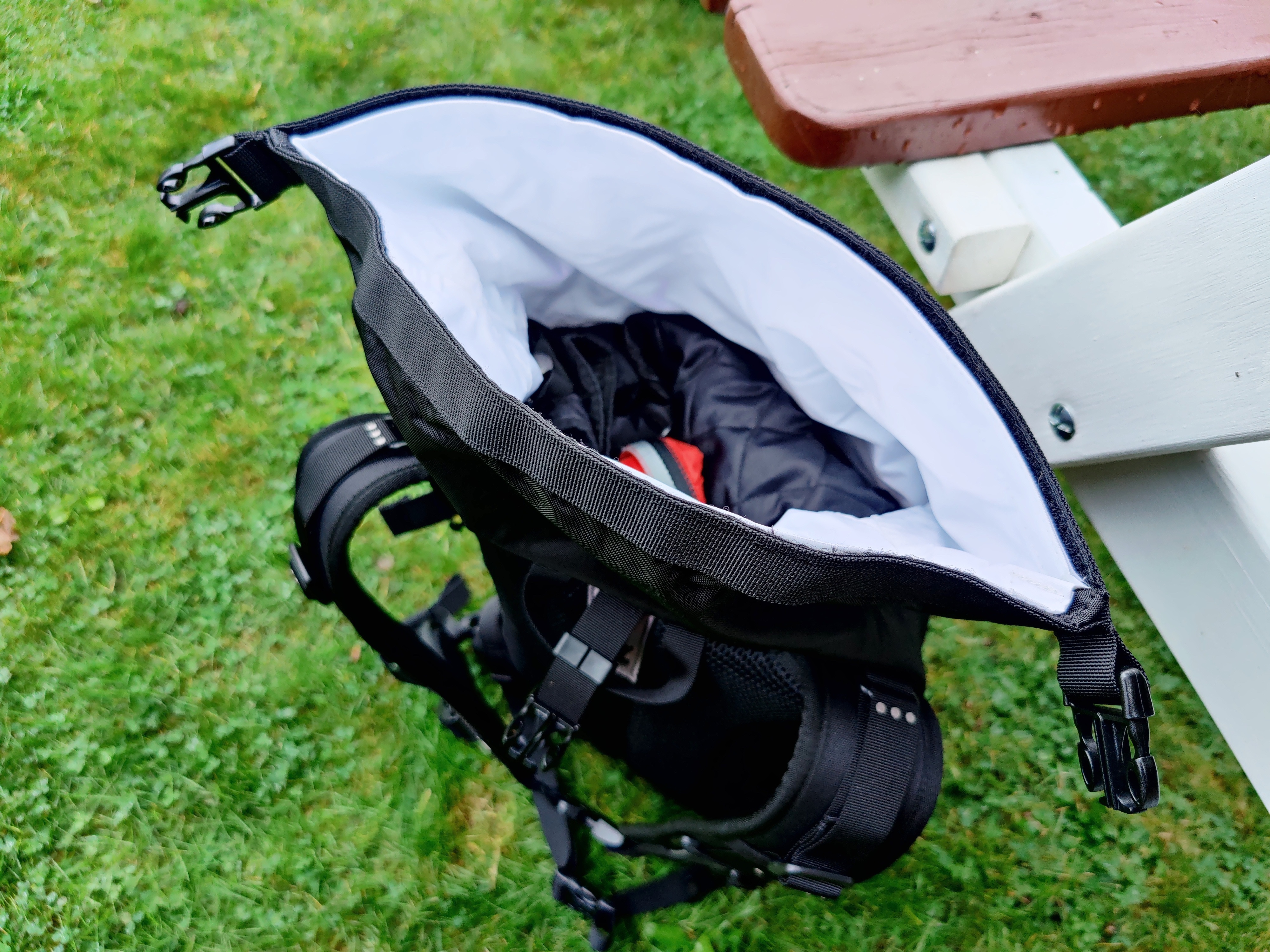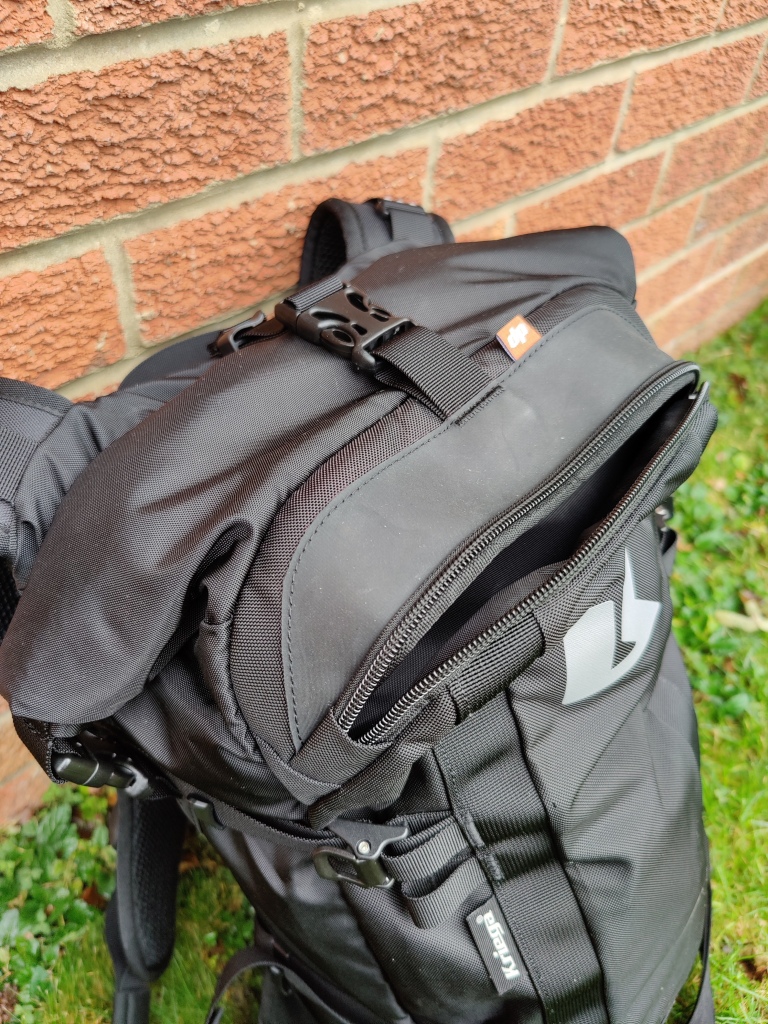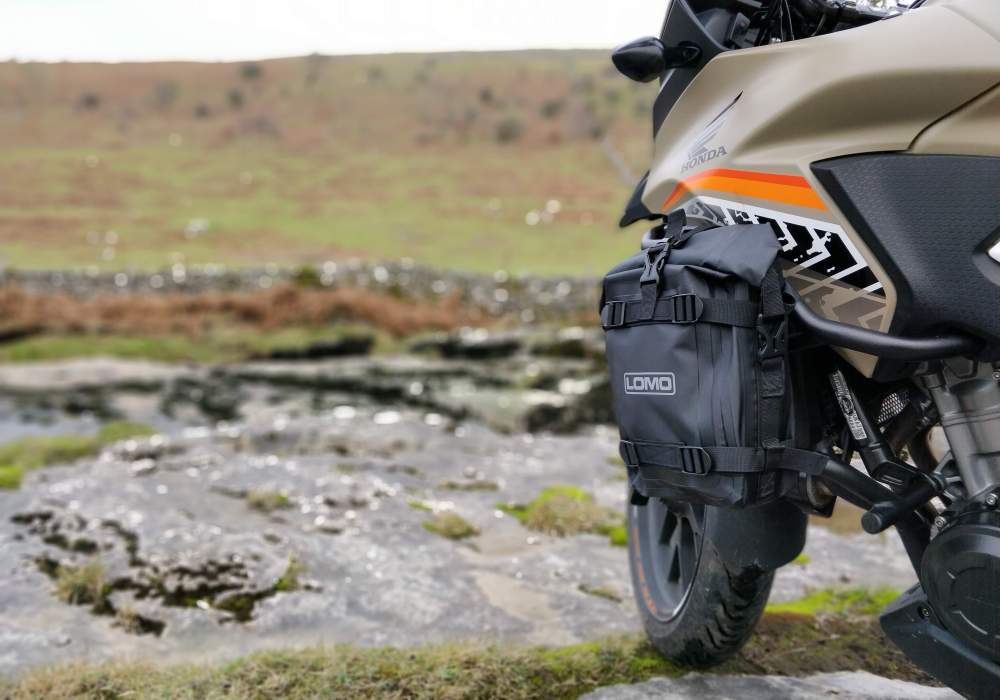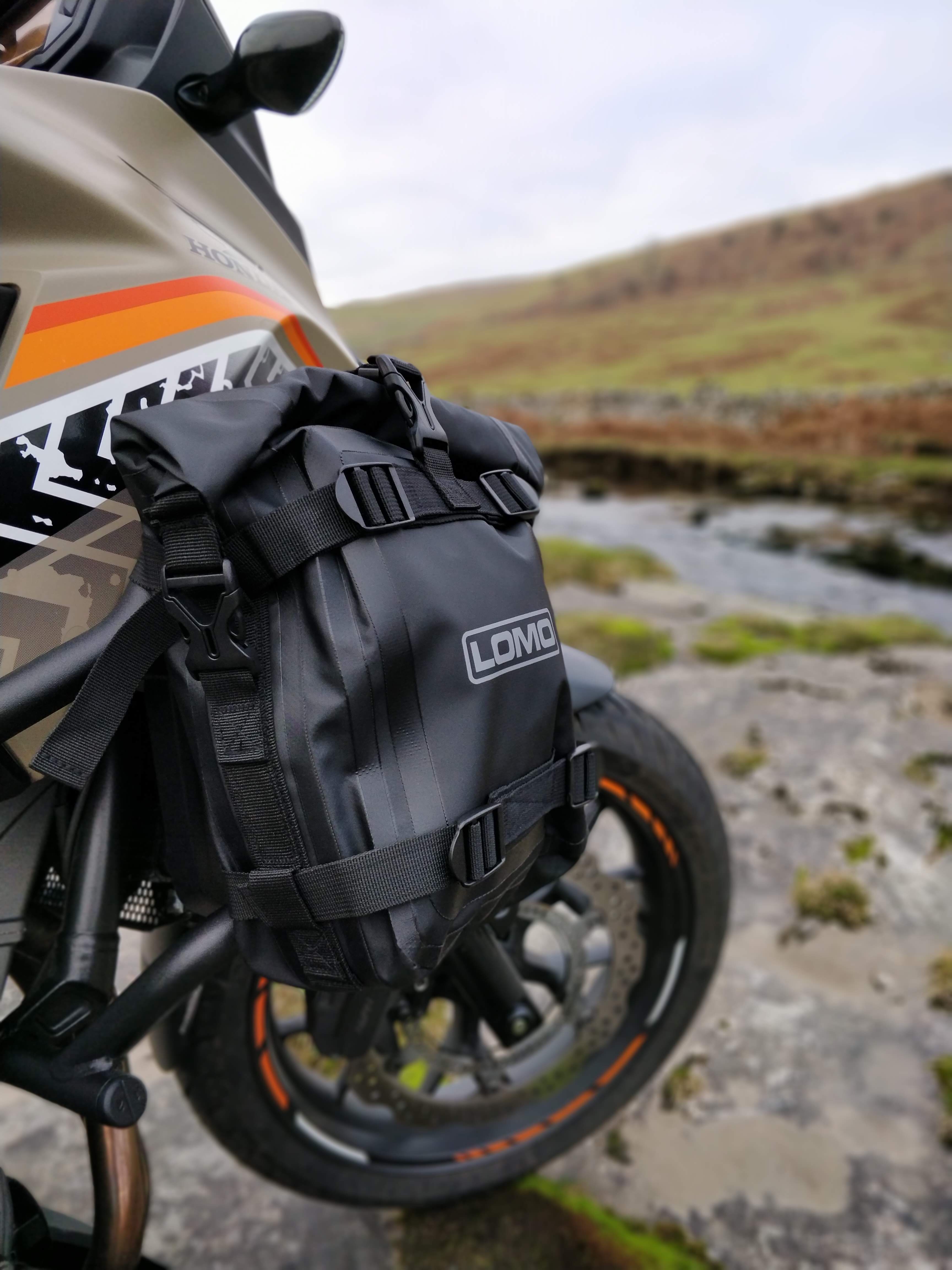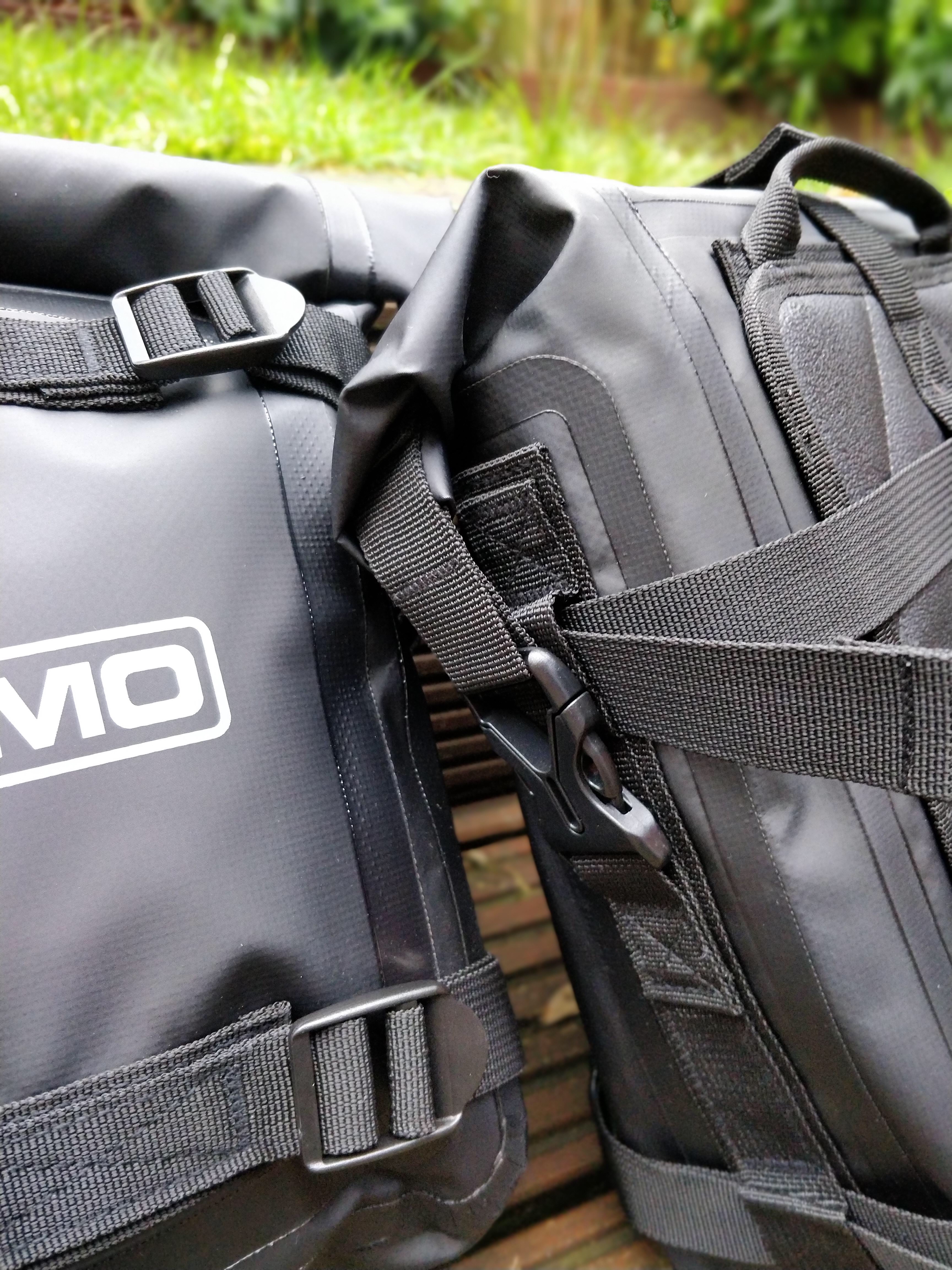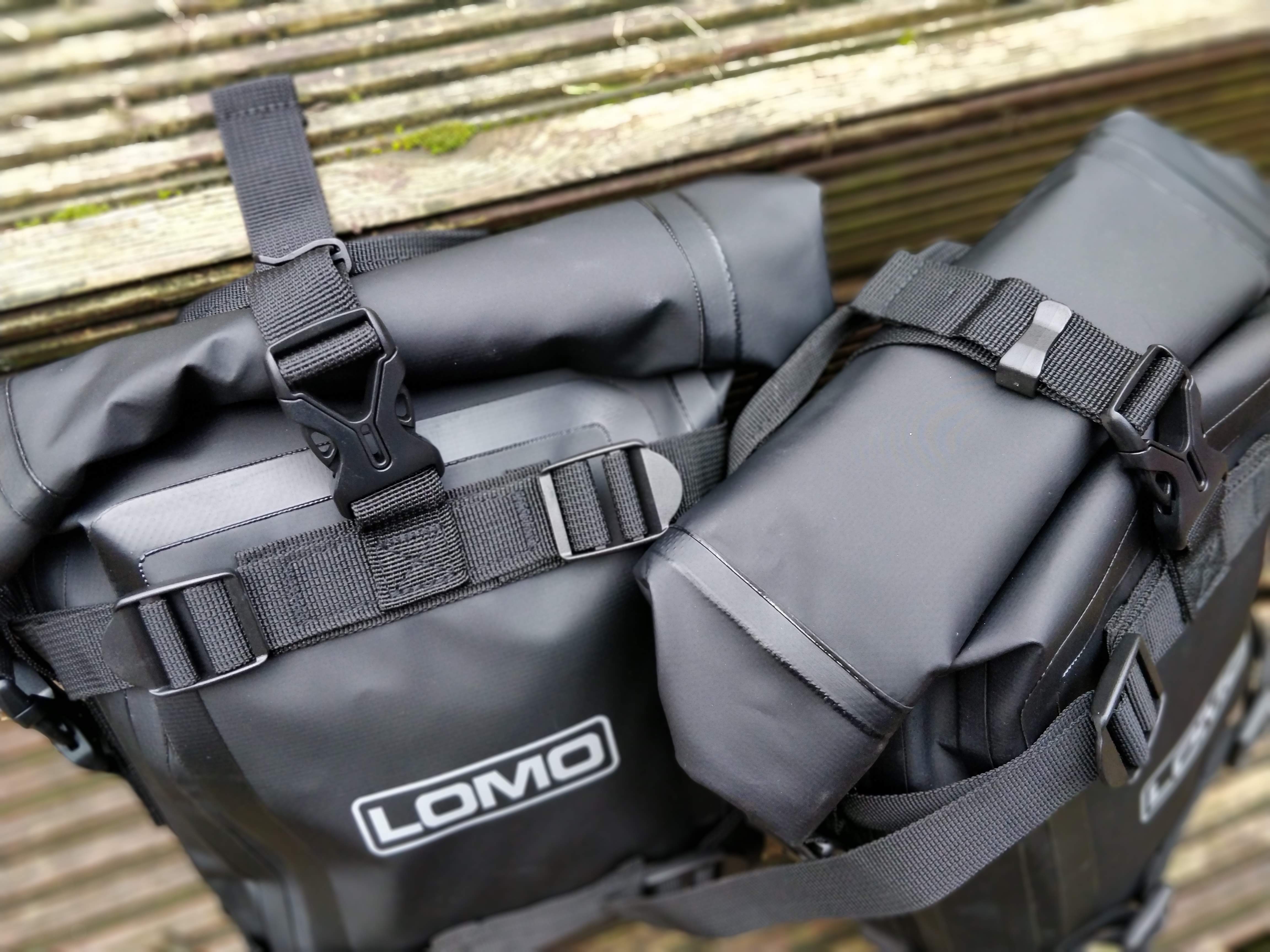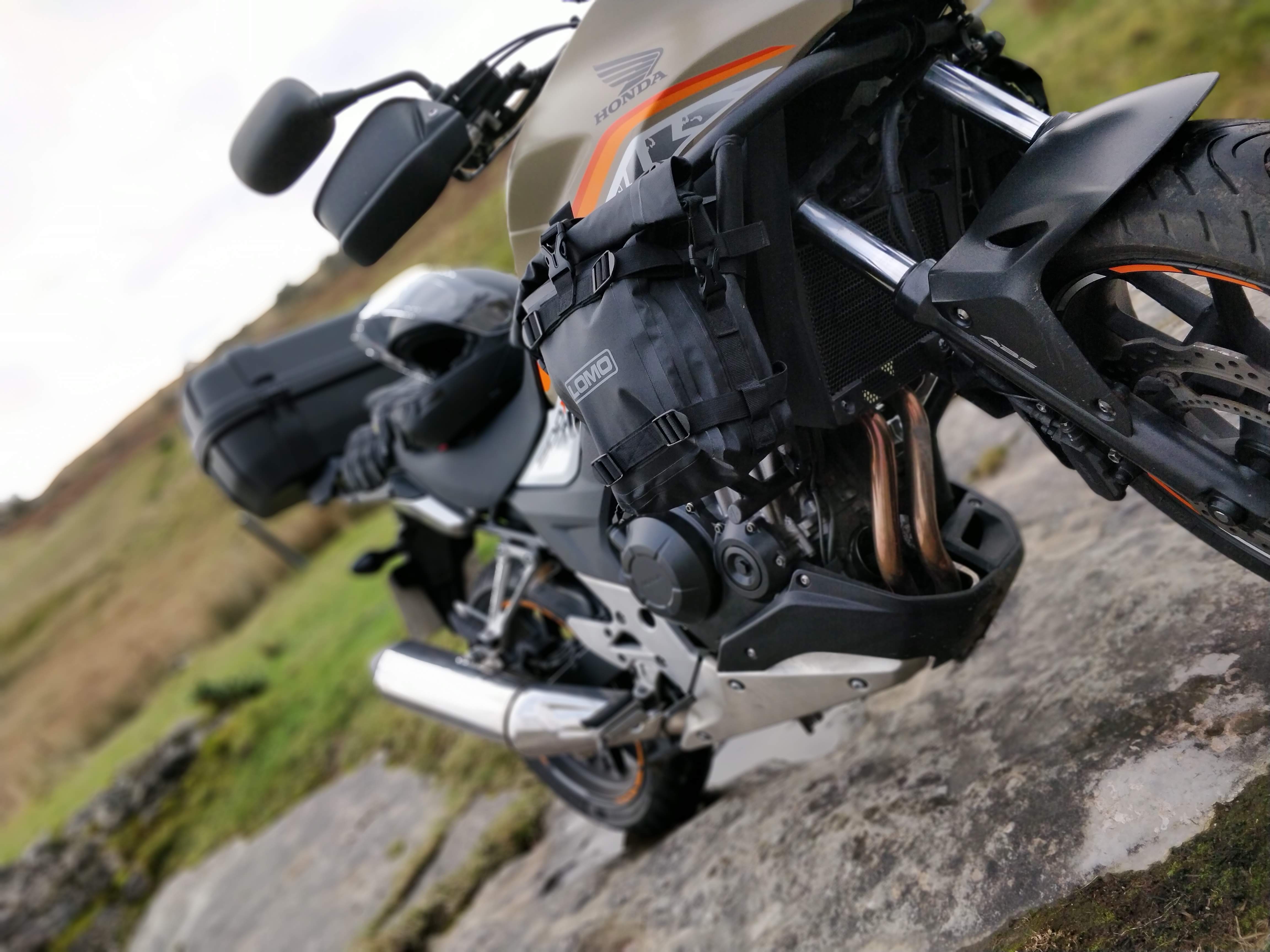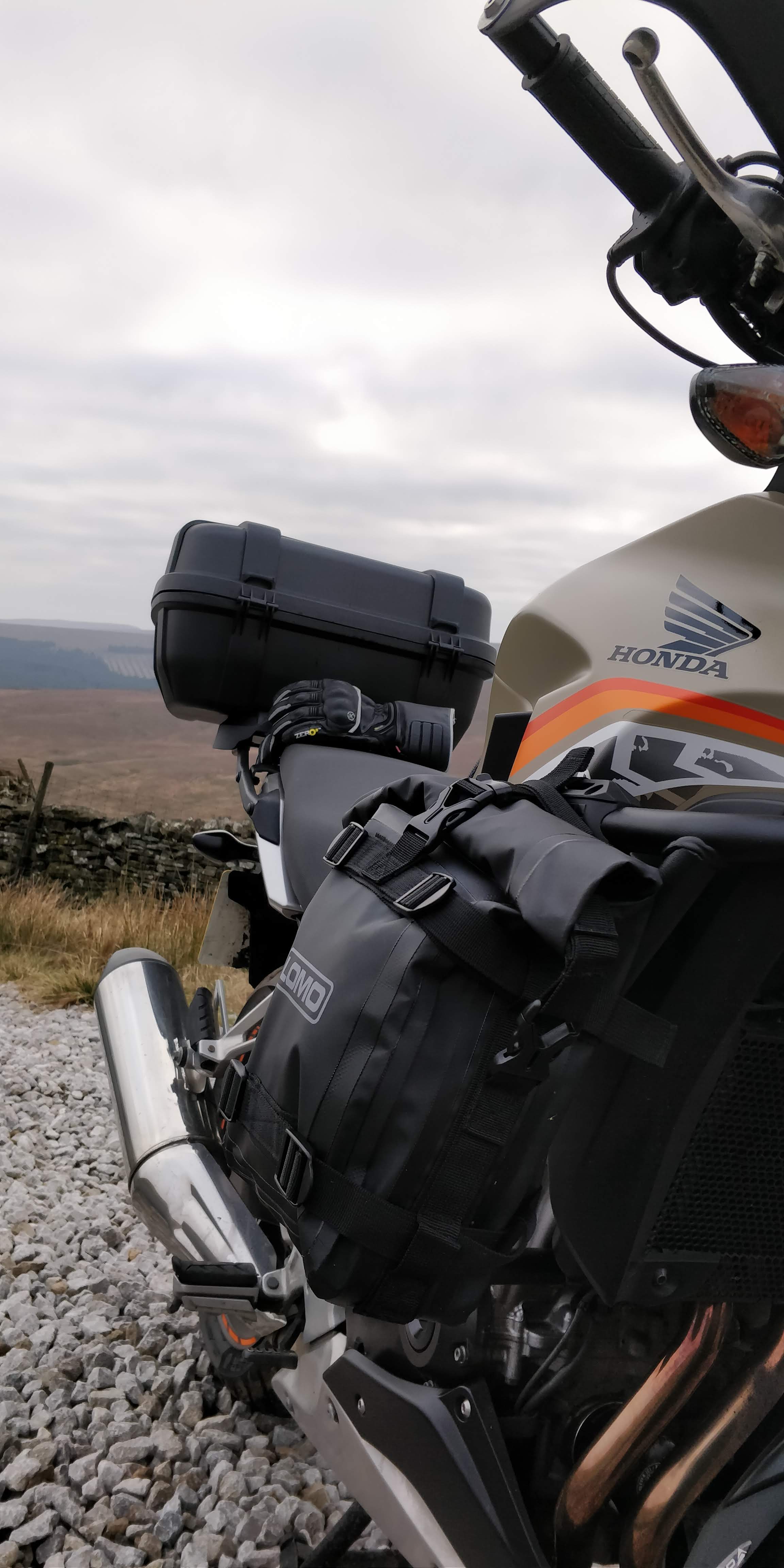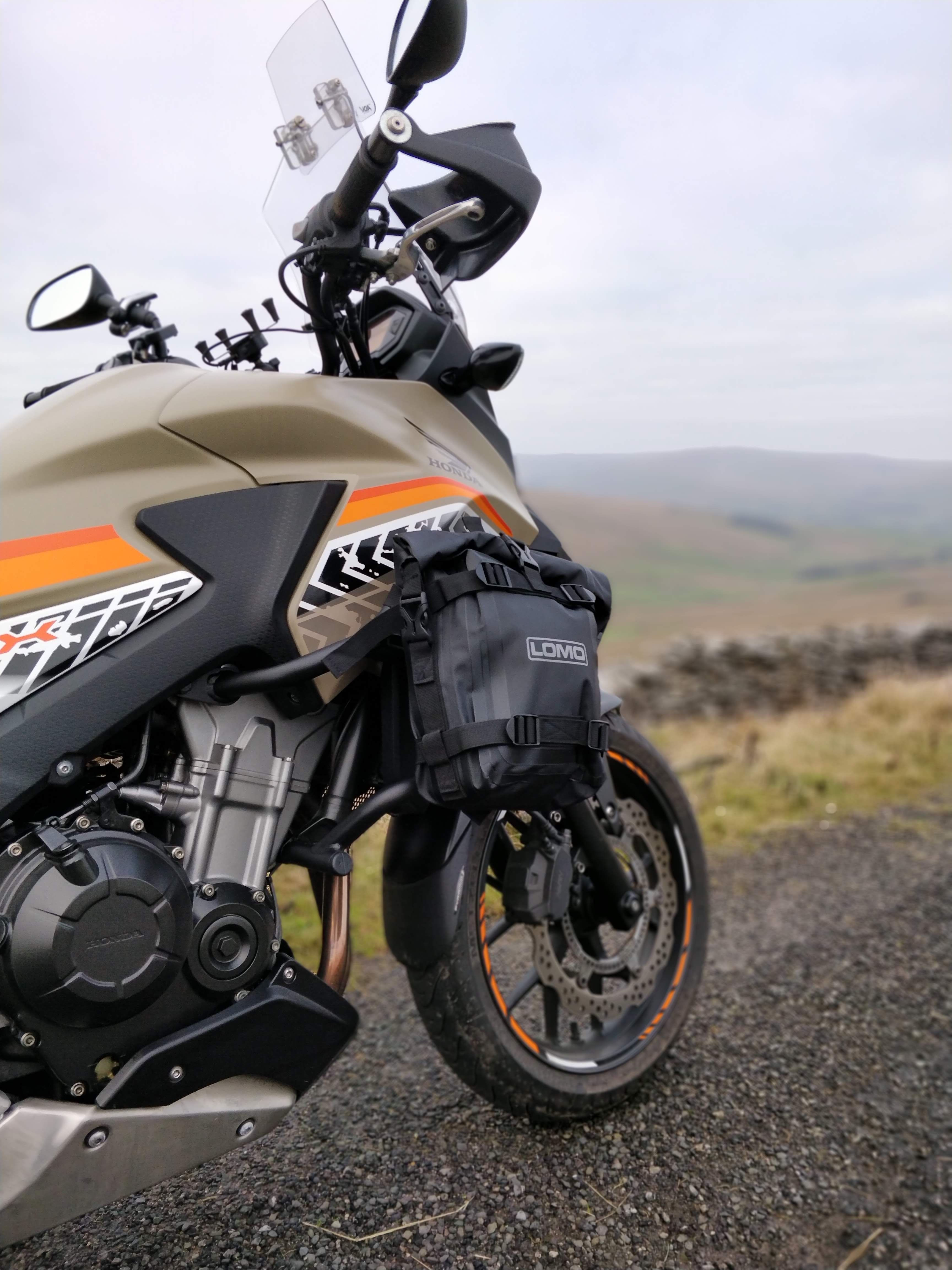
Flare Audio Isolate 2 Earplugs – The Gear
When I first entered the world of motorcycling there were a number of factors I failed to fully appreciate. One was certainly the impact on my poor ears. As a keen musician the addition of biking to my life was a step too far and about a year in I began to notice my hearing wasn’t appreciating my passion for 2 wheels. I’ve since come to the conclusion that however well your bike cocoons you and however many hours your helmet spent in a wind tunnel during development earplugs are a must. Enter the Flare Audio Isolate 2 earplugs.
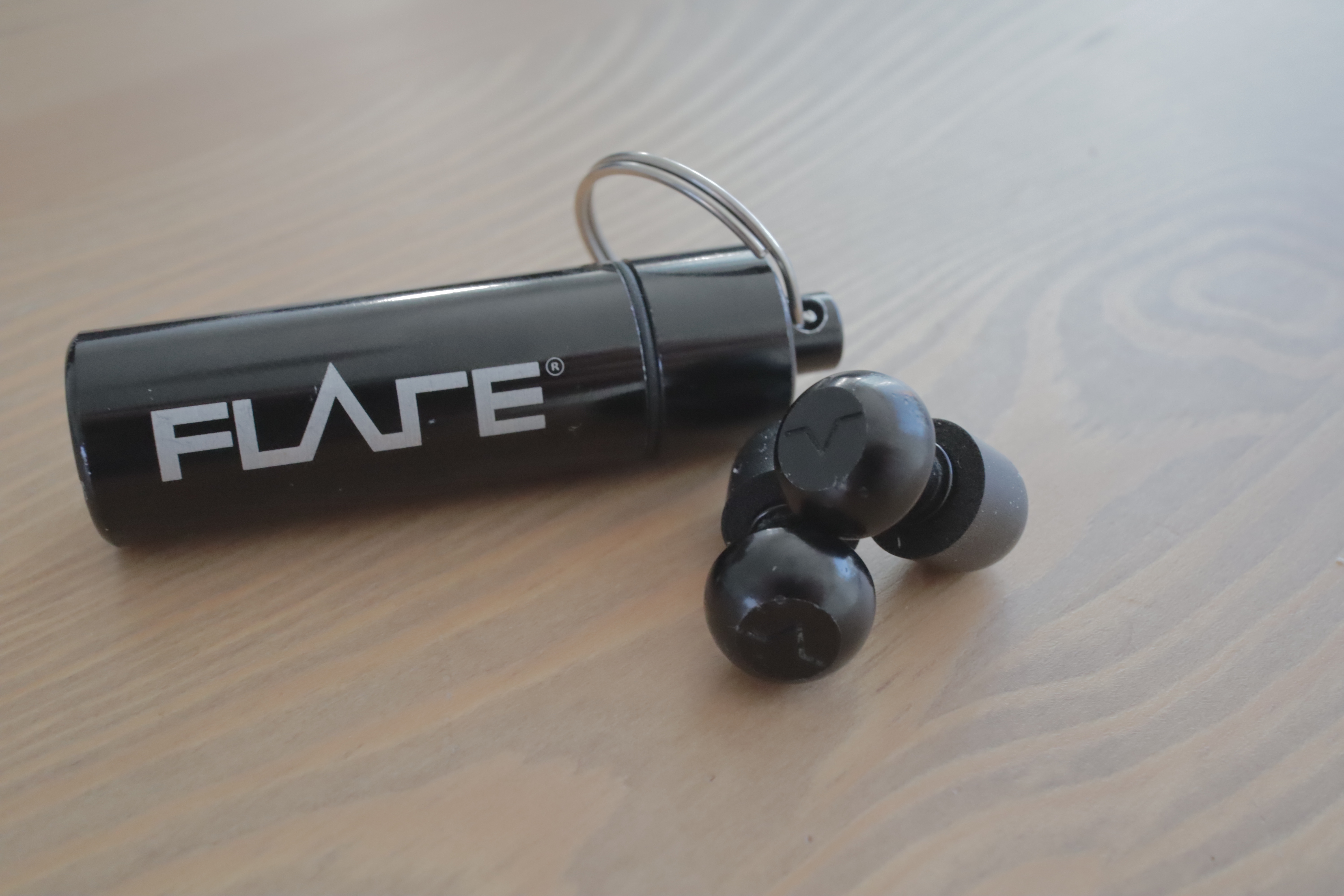

Earplugs are something of a minefield, there are as many brands, types and styles as there are people. But not all are equal and I think I’ve found my favourite in the form of Flare’s Isolate range. Flare have been around for a little while now but seem more prominent in the world of musicians and sound engineering (which is where I first came across the brand). Flare have grown through several iterations of their Isolate ear plugs widening their range with inovative products such as their ‘Sleep’ and ‘Calmer’ plugs.
Like many bikers I spent years using disposable plugs, cheap and relatively cheerful. Specifically I used the 3M Ear FX plugs that are without a doubt a great plug if a little on the big side. I pondered moulded plugs for a while but decided against it on the basis that contrary to popular belief they don’t last forever and realistically need replacing routinely. Instead I set about trying the various reusable off the shelf products. Most were useless, popping out like annoying little rockets at random intervals or simply never blocking the sound in the first place. Auritech’s plugs did a fair job and will work for some but I ultimately decided to give Flare’s offering a go following some favourable reviews on sound engineering forums.


The Isolate plugs stand out from the crowd with the inclusion of a metal core to the foam plugs. Available with either aluminium (Standard) or Titanium (Pro) this allows for certain frequencies of sound to still be clearly audible to the wearer whilst the undesired sounds are reduced to a manageable level. That might sound like marketing bumph but it really works. From the outset the difference to the way the Isolates reduce sound was remarkable. My preferred disposable plugs mentioned above cut sound well, specifically an SNR of 39dB, but this reduction is to all sound leading to a sensation similar to swimming underwater. The Flares by contrast claim a reduction of slightly less at 32dB but not evenly across the sound spectrum. This means desired sounds like conversation with people when stopped, engine noise or even the sound of cars within your proximity aren’t as heavily cut out while the droning hum of wind and road noise remains reduced from it’s excess. Again not marketing bumph but my personal experience is that the Isolate plugs do this incredibly well, the sounds I don’t want to hear are just as well contained as with the 3M FX disposables. The desired sound makes a huge difference, I feel significantly more aware of my surroundings with these on and conversations as I’m getting going no longer involve people channeling their inner Brian Blessed. Another unexpected side benefit came in the form of my intercom’s volume. Previously I was having to bump this up to near max volume when wearing my plugs, impressively with the Isolate 2’s I had to drop that volume to 50% all while still being protected from the excess sounds of wind and road.

In terms of comfort the Isolates are fantastic, supplied with various sizes of tip I quickly found a fit that was both comfortable and effective. I had anticipated the metal element would add a level of discomfort when in use but they are equally as comfortable as the disposables I’ve used if not more so as the body of the plug is actually quite compact (even more so with the newest version available now). I’ve had no problems with the plugs coming dislodged when putting my helmets on or off and there’s plenty of clearance with the helmet liner in both my Shoei Neotec 2 and NXR despite bulky intercom speaker pods.

The earfoam tips themselves do harden over time becoming less effective at blocking out sound and Flare recommend replacing them once a month. That being said I’ve used mine daily for a year and roughly 5000 miles but have only replaced them once or twice in that time and even then I hadn’t noticed a huge loss in sound protection but did note the tips no longer holding their shape when squished. The cost is reasonable too with replacement tips available in packs of 6 for just £4.99. The metal body has also held up well with only limited scuffs despite my persistent clumsiness.
All in all these are a fantastic product that make riding a far calmer experience. Without a doubt Flare’s product will remain my go too and I’d highly recommend giving them a go. The version reviewed above has recently been superseded by a newer version simply named Isolate with a few improvements. They’ve now introduced a clear plastic version at £12.99 with the aluminium remaining at £19.99 and the pro Titanium coming in at £29.99. The updated design also features a new rounder Earfoam shape for a better sound seal finished off with a thinner centre shaft to improve comfort. I’m yet to try these but they look to follow in their predecessors footsteps and I look forward to giving them a go.
Disclaimer: As with nearly all the products reviewed on my blog the Isolates were bought with my own money and I have no link with Isolate. However here’s my customer referral link that gets you 10% off if you do decide to give them a try!


















